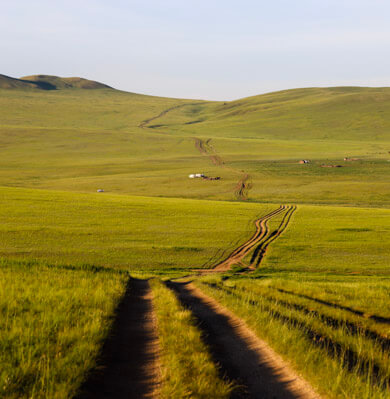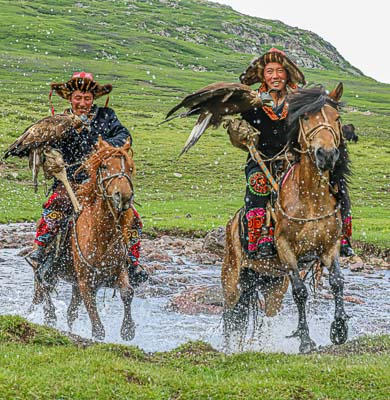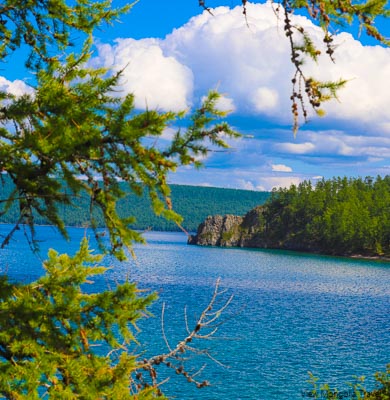What is ovoo or creepy teepee in Mongolia?
The Ovoo or creepy teepee Mongolia relates to ancient Mongolian belief, traditional worship, Buddhist ritual, and one of the ways to call people to protect and be proud of nature.
Where is the Grand Tour Mongolia Creepy Teepee?
The famous Amazon Prime motoring show team traveled across awe-inspiring scenic lands of Mongolia by a hand-made off roader to reach Moron town on the Grand Tour Mongolia specials, following trails on a map, which only shows the landmarks. One of the remarkable mark was Creepy Teepee, which attracted many traveler attention, who wants to travel along the Grand Tour Mongolia scenic trails. The Creepy Teepee location and the Grand Tour Mongolia itinerary.



Why are there so many ovoos or creepy teepees in Mongolia?
CHILDREN CREEPY TEEPEE.There are some ovoos erected for children relating to the Mongolian taboo that children and women are not allowed to climb some of the worshipped mountains.
That is why the smaller-sized ovoos for children exist, let the children do the ritual, learn, and keep the tradition.
CREEPY TEEPEE IN PROHIBITED AREA. Mongolian herder life is about survival in the harsh climate. So they erect the ovoo or creepy teepee in habitat areas of wolves, in places that attract thunder, or areas where natural disaster happens regularly (mostly dryness, excessive snowfall in winter, etc.) to calm down the situation, to ask for good weather, and protection.
CREEPY TEEPEE FOR TRAVELERS. You will find some big and small ovoos on roadsides or the roadside hills. Some of those ovoos are used as road marks while many are dedicated to travelers to ask for a good journey, good road condition, and pleasant wheatear during their travel.
CREEPY TEEPEE FOR SOMEONE. Ovoos or creepy teepee for someone. Erecting an own ovoo is not traditional, but some people ceremonially build their ovoo in their local areas as a way of paying respect to nature or birthplace.
CREEPY TEEPEE ON THE MOUNTAIN PASS. Ovoos or creepy teepee on the mountain pass. Travelers pay respect to mountain pass ovoos for allowing them to travel successfully on work or leisure for long-distance, letting them reach their destination, allowing them to pass the mountain pass, being fortunate, and seeing the panoramic views of the area. Moreover, the mountain pass ovoos serve as a traffic regulator in modern times when two cars drive up from opposite sides. Cars should pass the ovoo on the left-hand side or clockwise direction.
CREEPY TEEPEE ON THE TERRITORY BORDERS. The ovoos also mark territorial unit borders except for it serves as visitor welcoming and see-off points.
CREEPY TEEPEE MARKS THE SACRED OR SPIRITUAL AREAS. There are ovoos on the top of marvelous, sacred, and spiritual mountains and by the source of the rivers, springs, creeks, or at spiritual areas of the steppe.
What materials do they use in ovoo or creepy teepee?
Depending on the region, locals build with wood, stones, or sand. For example, you will see teepee-shaped wooden ovoo near or in forested areas, rock cairns in rocky areas, sand, and saxual tree ovoo in the Gobi desert. Mongolians place a wooden pole in the middle of the rock-cairn and tie offering silks or religious flags ceremonially when they first erect the ovoo, believing the pole connects the area with sky/earth/worshipping spirits. The ovoo visitors wrap those poles by layers of offering silk, clothing silk materials, and religious flags as part of rituals. Additionally, there are many different traces of offerings such as green tea block, religious pot, candies, biscuits, dairy products, small deity figures, banknotes, crutches (crutches presents people's belief that mother nature and spiritual gods helped them), or empty vodka bottles. The vodkas were first brought to the ovoo as an offering and later feast with it. Indeed, many people are not happy about those environmentally harmful offerings. Some ovoos are fenced or protected by a stone enclosure - particularly ones erected on the source of rivers, springs, and streams.
What ritual do people do when they see the ovoo or creepy teepee in Mongolia?
Indeed, you will see countless creepy teepees in Mongolia while traveling. You/your driver may stop at the first large-sized creepy teepee, walk around it 3 times in a clockwise direction and make an offering. The best offering is to pick up 3 stones from a nearby place or the bottom of the hill and offer it to the ovoo while walking around. Additionally, this is your contribution for the ovoo to rise. For Mongolians, it is an attempt to stay closer to the sky according to tradition.
The creepy teepee size
The creepy teepee differs in size depending on historical importance, whether the area/mountain locally worshipped or state worshipped, the crowd of the worshippers or travelers, etc. Except for the size, numerous creepy teepees exist in the same place relating to shamanic worship, different ways of worshiping ceremony and rite, etc.
The creepy teepee worshipping ceremony
Shamanic worshipping and rituals are one of the originations of ovoos. Shamans erect ovoos in areas that they believe the landlords exist and enable shamans to connect with their ancestor spirits through ritual.
Later at the introduction of Buddhism in Mongolia, some shamanic rites were inherited or enriched with the Buddhist rituals.
The creepy teepee ceremony does not always relate to religion or worship, but it is a call to protect nature, enrapture about their homeland and keep the tradition.
The creepy teepee worshipping ritual usually takes place in spring and autumn, asking for rain when it is dry and pleasant winter for the animals.
In Mongolia, some mountains are state worshipped by decrees of Mongolian presidents of different times. The state worshipped mountain creepy teepee ceremonies are popular events, sometimes followed by mini Naadam festivals - visitors of near and far gathers, including the Mongolian president.
In general, the offerings and rituals differ depending on monks taking part in the main event or Shamans.


